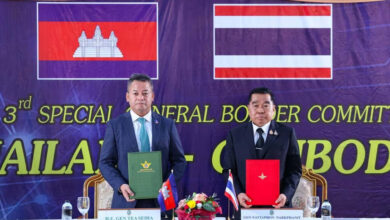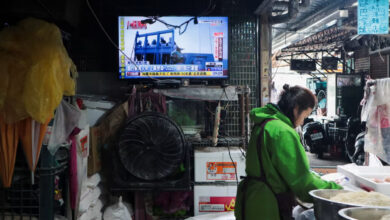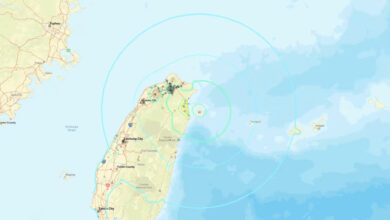
China is close to matching the United States as a source of official grants and loans to developing countries, but much of Beijing’s financing serves its own economic interests and yields scant benefits for recipients, a multinational group of researchers reported Wednesday.
The research by AidData, a lab at the College of William & Mary in Virginia, is the most extensive effort yet to measure official financing by China, which releases few details of its aid flows. That has spurred concern about Beijing’s intentions as it tries to expand its global influence to match China’s status as the world’s second-largest economy.
China gave or lent $354.4 billion in the 15 years ending in 2014 in Africa, Asia and elsewhere, compared with $394.6 billion for the United States, according to AidData. It released a database of Chinese financing, assembled from thousands of sources of information, and a study on its impact by scholars from Harvard University, Germany’s Heidelberg University and William & Mary.
“At the very top level, you could say the US and China are now spending rivals when it comes to their financial transfers to other countries,” said AidData’s executive director, Bradley C. Parks.
China’s secretiveness about its spending has fueled complaints its aid might prop up corrupt regimes or undercut environmental and human rights standards Western donors are trying to enforce.
Attention to Chinese financing has increased as Beijing promotes its “Belt and Road Initiative,” a multibillion-dollar initiative to expand China’s trade links with Asia, Africa and the Middle East by building ports, roads and other facilities.
About 23 percent of Chinese spending met the Organization for Economic Cooperation and Development’s definition of aid, or “official development assistance,” which requires at least 25 percent of a transfer to be a grant. By contrast, 93 percent of US spending qualifies as aid.
The bulk of Beijing’s financing appears to be export credits and other measures aimed at promoting Chinese exports or other goals, which produced little measurable growth in recipient economies, according to Parks. He said such “official finance” doesn’t count as development assistance but is part of the OECD’s broader definition of aid.
“The lion’s share of the portfolio is really not delivering, at least on average, any significant economic growth benefits for its partner countries,” said Parks.
That leaves Beijing room to have a positive impact by shifting spending to development assistance, he said.
“There still is a lot of scope for them to learn and adapt,” said Parks.
The portion of Chinese financing that qualifies as aid “substantially improves economic growth,” according to the report. It said results were comparable to the impact of US- and other Western-financed projects.
“I thought that was a pretty important finding and an encouraging one,” said Parks.
The 5-year-old project used a computerized system to look for information from more than 15,000 sources including news reports, Chinese government offices, ministries of other countries and academic reports. Its data cover 4,304 projects in 138 countries and territories.
China doesn’t participate in global aid reporting systems. It released some figures in 2011 and 2014 but gave few details and none about individual countries.
AidData released its first report in 2013 focusing on Chinese financing to Africa. Parks said its data have been used by other scholars to launch more than 100 research projects.
“AidData is the most comprehensive source of information on China’s lending for development projects,” said David Dollar, an economist at the Brookings Institution in Washington and former World Bank country director in Beijing, in an email.
“The data show that China’s lending is indiscriminate with respect to governance. Some big borrowers have poor rule of law, such as Venezuela, Angola and Pakistan,” Dollar wrote. “The overall pattern of lending indicates that it is demand-driven by which countries want to borrow rather than by a Chinese master plan.”
Parks said the data show more Chinese finance goes to countries that vote with Beijing at the United Nations. He said that “might not look good,” but a similar analysis of US and other Western donors shows they act the same way.
“In a sense, Beijing has taken a page out of the playbook of traditional Western donors,” said Parks. “That doesn’t comport with the ‘rogue donor’ narrative that China is somehow inferior or different.”
Parks said the project didn’t try to measure whether Chinese aid undercuts environmental or other standards by giving an alternative to more stringent conditions on Western aid.
But a separate study published this year by researcher Diego Hernandez of Heidelberg found the World Bank attached “significantly fewer conditions” to loans if recipients also had aid available from China.
“New donors might be perceived as an attractive financial option to which the World Bank reacts by offering credits less restrictively in order to remain competitive,” wrote Hernandez.




